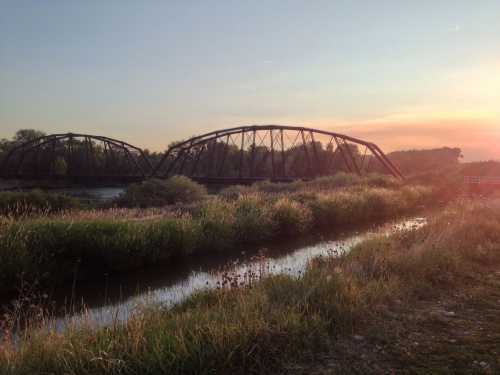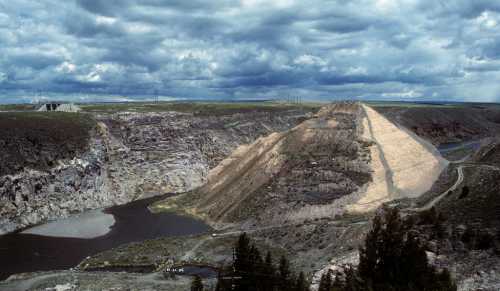The dizzying heights of America's tallest dams have long caused both awe at their large-scale engineering, as well as fear over whether monolith construction sites can truly withstand the forces of nature. The June 5 collapse of the Teton Dam is one man-made disaster that shook the country due to its widespread consequences - over 300 square miles and an entire ecosystem were demolished in its wake. And today, exactly 40 years later, this horrific tragedy still lingers in the memories of locals and family members alike.
The photos below, courtesy of WaterArchives.org, document the destruction and aftermath.
Idaho's Teton Dam, just northeast of Rexburg on the Teton River, began its construction in 1972.
Situated on shifting soil in a high seismic area, the dam was risky to begin with, but historians now believe that the project -- headed by the Bureau of Reclamation -- moved far too quickly, ultimately with fatal consequences.
The earthen dam was intended to be one of the first of its kind -- an engineering marvel.
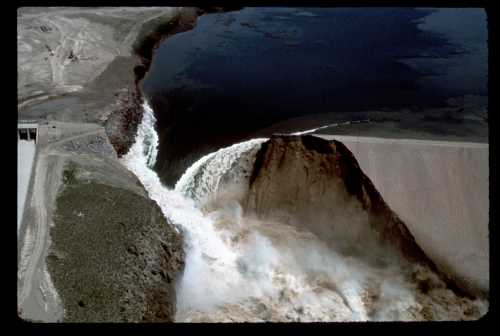
Soaring around 325 feet; it was meant to rival the pinnacle structures of the Hoover Dam and Glen Canyon Dam in its craftsmanship. At 3200 feet long, it would have also been the longest dam in the Northwest.
A total of 10 million cubic yards of earth were used in its construction.

Before the collapse, the reservoir behind the dam stretched 17 miles.
As the dam began to be filled for the first time, small seepage spots began appearing on the surface of the earth.

It became clear that the dam wasn't fully sealed. High-pressure springs began shooting into the air thousands of feet away from the dam, proving without a doubt that the internal structure of the dam had weakened during the filling process, Something was horrifically wrong.
The wet soil spots became leaks and soon, holes began to appear.
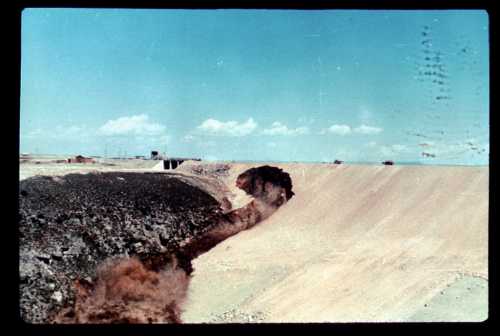
Bulldozers began trying to push soil and rock into the holes to stave off the inevitable. Next, a whirlpool was spotted in the reservoir, swirling ominously as if to warn onlookers.
Only an hour or so later both bulldozers had disappeared into the very holes they had been trying to fill.
Meanwhile, a warning was issued to residents of Fremont County around 10:45am.

Residents of Madison County weren't warned until a few minutes later.

But it was too late.

Disaster struck.

At 11:57am on June 5, 1976, without further warning, the 500-yard thick earthen wall exploded into a roaring sea.
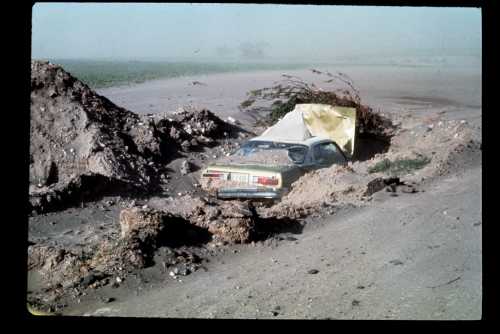
Later, it was discovered that the breach had been triggered by at 32-foot crack boring straight into the "watertight" core of the dam.
The results of the engineering error were catastrophic.

The torrent washed away everything within 300 miles.
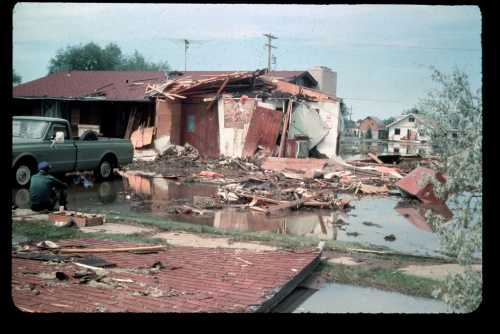
80 million gallons of rainwater and stored snow runoff poured out onto the unsuspecting communities nearby, killing at least a dozen locals and injuring far more.
Distant towns had a few hours to prepare... But not everyone was so lucky.

The reservoir was almost full at the time, but it only took 5 hours to empty itself.

Houses, schools, cars, crops, and more were either demolished or carried away with the current.
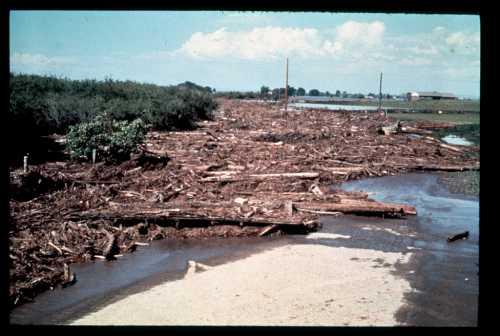
The towns of Wilford and Sugar City were obliterated.
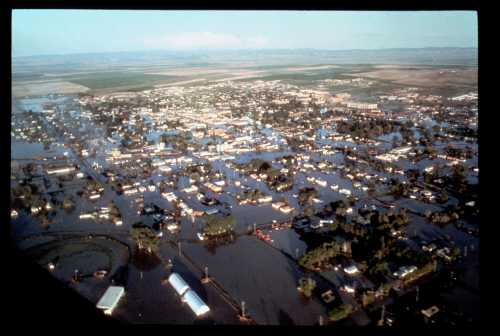
Other communities nearby felt the effects as well.
$1 billion in damages were recorded.

The dam alone cost $100 million to build.
The remnants told a haunting tale.
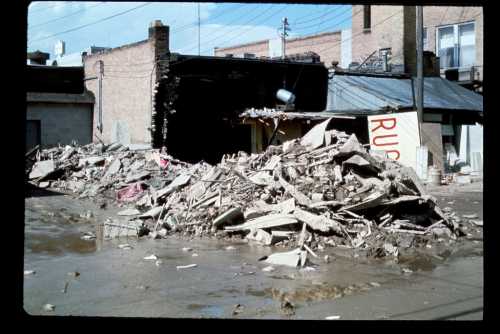
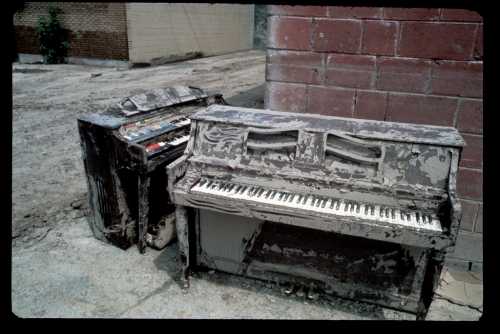
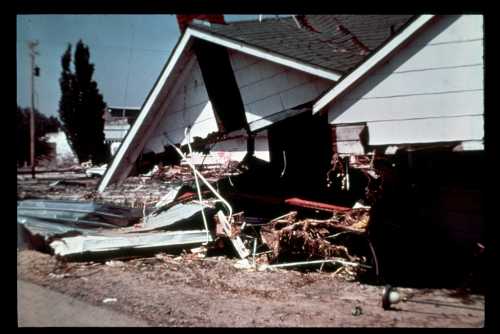


The Teton Dam site as it looks today. No attempts have been made to rebuild.
The remnants of this large-scale dam now stand as a silent reminder of that tragic day.
Where were you on this day in Idaho history? Do you have any stories?
Subscribe to our newsletter
Get the latest updates and news
Thank you for subscribing!
